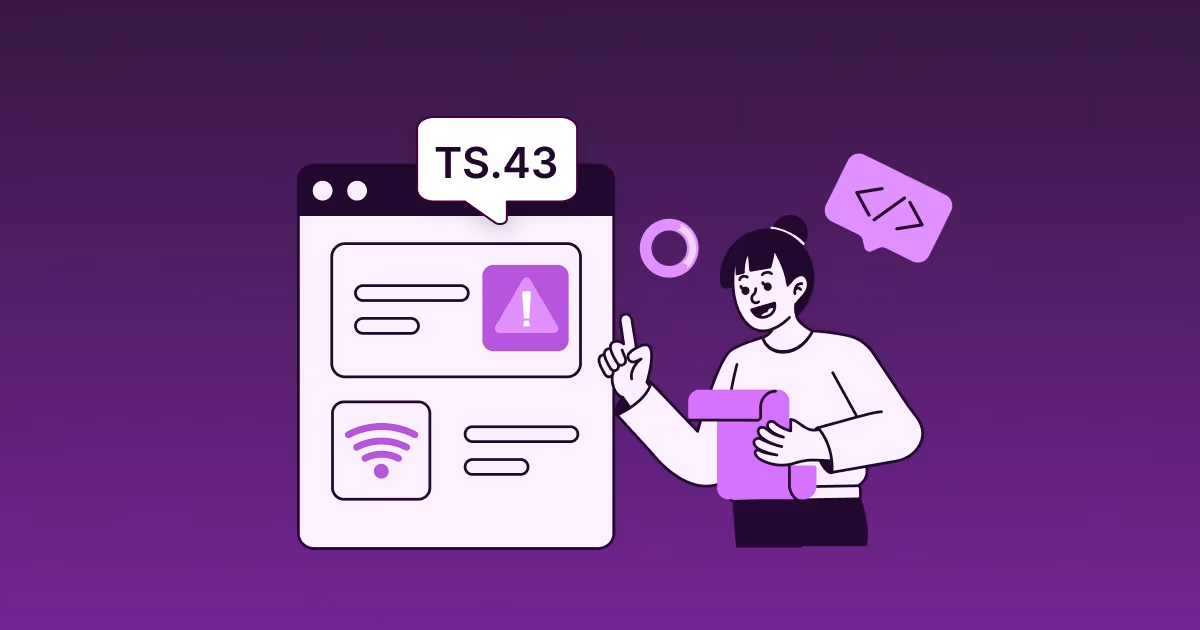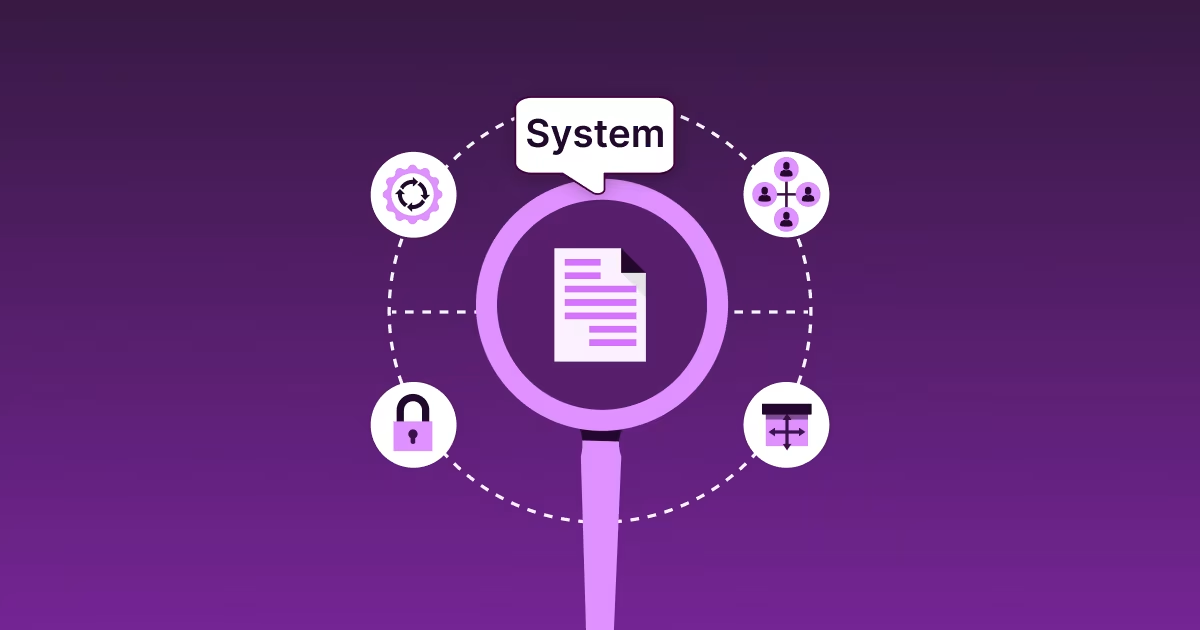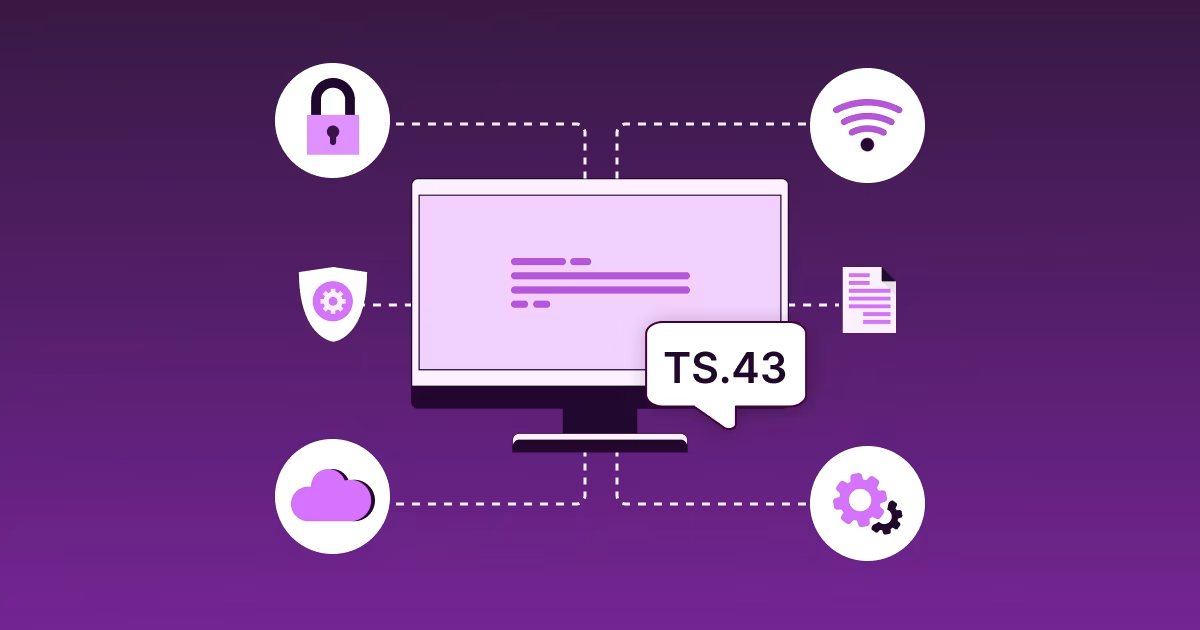TS.43 Entitlement Server Deployment Guide | Checklist for Carriers & OEMs

Key Takeways
- TS.43 is critical for VoWiFi, VoLTE, and next-gen service activation — ensuring only authorized users access IMS-based services.
- A structured deployment checklist minimizes downtime, integration issues, and OEM mismatches.
- Strong backend integration (BSS, AAA, OEM client) is the backbone of a successful entitlement setup.
- Security, compliance, and monitoring must be built in from day one — not added later.
- Expert deployment support accelerates time-to-market and ensures long-term scalability.
Introduction
In today’s mobile networks, user experience, service reliability, and security depend on correct entitlement logic behind the scenes. The GSMA TS.43 specification defines how devices query and validate what services they are entitled to (VoWiFi, VoLTE, SMSoIP, ODSA, etc.). But deploying an entitlement server isn’t trivial — missteps can lead to failed activations, user complaints, or security gaps.
This post gives you a comprehensive deployment checklist for TS.43 entitlement, tailored for carriers, OEMs, and system integrators. Use it as a blueprint to avoid pitfalls and accelerate launch. At the end, we’ll show how we can help you take this from checklist to production—with full hands-on support.
What Is TS.43 & Why It Matters
Understanding TS.43 / Service Entitlement Configuration
TS.43 (Service Entitlement Configuration) is a GSMA Permanent Reference Document that defines how devices and entitlement servers interact to exchange service entitlement status and configuration.
With TS.43, a device can securely query what IMS / network services (VoWiFi, VoLTE, SMSoIP, etc.) it is allowed to use under its subscription.
The updated version v12.0 introduces enhancements to the entitlement interaction, new AppIDs, and more robust versioning and flows.
Want to know more about Entitlement server? We have explained it in detail here: What is an Entitlement Server & Why It Matters for Telecom Operators
Key Use Cases & Services Covered
TS.43 covers entitlement for:
- VoWiFi (Voice over WiFi)
- Voice-over-Cellular (VoLTE / VoNR)
- SMS over IP (SMSoIP)
- On-Device Service Activation (ODSA) for companion and primary devices
- eSIM transfer / companion / primary device activation flows
This specification is independent from RCC.14 which handles device configuration; TS.43 focuses specifically on entitlement logic.
Read more about Entitlement Server Use cases here.
Why Every Carrier / OEM Needs Entitlement Logic
- Correct user experience: A device must know if it’s allowed to use VoWiFi or VoLTE (or should fallback)
- Security & control: Only authorized subscriptions should get service access
- Regulatory / compliance: Ensuring entitlements are applied only where allowed
- Scalability & evolution: As new service types come (5G VoNR, new apps), your entitlement engine enables expansion
Also, Android’s IMS Service Entitlement feature uses TS.43 to allow devices to query entitlement on behalf of the device/UI stack.
Given this central role, every deployment must be bulletproof.
Who Should Use This Checklist
This checklist is meant for:
- Carriers / Mobile Network Operators (MNOs / MVNOs) planning to deploy their own entitlement server infrastructure
- OEMs / Device Vendors embedding entitlement logic or coordinating with carriers
- System Integrators / Solution Providers delivering entitlement server products or integration services
- Technical leadership (CTO, architecture, network ops) who want assurance their deployment is rigorous
If you're in the decision / evaluation stage, this blueprint gives you the coverage to spot gaps in partner proposals or internally plan full deployment.
Pre-Deployment Considerations & Prerequisites
Before you even spin up servers, there are foundational steps you must complete. Skipping any of these often leads to delays, mismatches, or rework.
Governance, Scope & Stakeholder Alignment
- Define which services you want the entitlement server to cover (VoWiFi, VoLTE, SMSoIP, ODSA, etc.)
- Align with business strategy: e.g. phased rollout, regions, premium service entitlements
- Ensure OEM / carrier agreements and contracts are in place — OEMs need to specify how client logic integrates
- Governance for change control, schema updates, versioning
Standards, Compliance & Version Strategy
- Choose and lock to a TS.43 version (v12.0 recommended) early, and plan upgrade paths
- Identify dependencies: TS.32, IR.51, IR.92 and how entitlement logic interacts with them
- Map security, privacy, regulatory concerns (e.g. address provisioning for VoWiFi)
- Ensure that legal / regulatory bodies accept the entitlement architecture
Infrastructure Readiness & Architecture
- Decide deployment mode: on-premises, cloud or hybrid
- Plan for high availability, load balancing, failover, disaster recovery
- Network connectivity, DNS setup, firewall and access rules
- TLS / certificate management
- Logging, monitoring, observability frameworks (metrics, tracing, alerts)
Backend Systems & Integrations
- BSS / OSS / Subscriber / subscription database integration
- AAA / authentication / EAP server backend
- Websheet or portal server for flows (collecting consent, address, T&C)
- Push / messaging infrastructure (FCM, APNS, or SMS fallback)
- Security boundaries and API protections
Data & Configuration Planning
- Define entitlement document schema (XML / JSON) and versioning structure
- Catalog all service types and required parameters
- Define token life, caching policies, refresh logic
- Plan fallback, retry strategies
Test / Staging Environment Setup
- Dedicated staging / preproduction environment
- Device / OEM lab or emulators
- Sandbox configurations with partner OEM / carriers
At this point, you should be confident that your base architecture, integrations, and governance are well defined.
Deployment Checklist: Phase by Phase
Below is a structured, phase-wise checklist with key items, explanations, and tips.
Tips & Pitfalls (Do’s & Don’ts)
- Don’t hardcode entitlement logic on client side — maintain flexibility in server rules
- Be mindful of caching stale responses — especially around subscription changes
- Push delivery failures (FCM / APNS) must be gracefully handled
- Timeouts / slow BSS responses can cascade; set sane timeouts
- Schema changes must be backward compatible
- Poor coordination between carrier & OEM often causes mismatches
- Monitoring / observability gaps make detecting issues in production harder
KPI & Success Metrics to Monitor
Once deployed, you should measure:
- Entitlement request latency (ms)
- Success / failure rate per AppID / service
- Requests per second / throughput
- Uptime / SLA compliance
- Error code breakdown (timeout, auth fail, schema errors)
- Rollback / failure counts during rollout
- OEM / device integration defect counts
- User complaints / support tickets around activation issues
These metrics help you observe system health and detect issues early.
Migration Strategy & Future-Proofing
- Always plan a path for TS.43 version upgrades
- Maintain backward compatibility with clients on older versions
- Use schema versioning / negotiation in entitlement document
- Introduce new service entitlement types (e.g. future 5G / new apps) incrementally
- Maintain rigorous change management and partner coordination
Example: the TS.43 v12.0 spec introduces new AppIDs and updated flows. You may have clients on older versions, so your server must support dual versions or negotiation logic.
How We Can Help You
You don’t have to go it alone. Here’s how we can accelerate and de-risk your TS.43 entitlement deployment:
- Turnkey deployment of TS.43 entitlement server architecture
- End-to-end integration with BSS / AAA / subscription backend
- Client / OEM support — guide OEMs on client logic, Webview flows, callbacks
- Testing, interoperability, certification with devices & partners
- Monitoring, support & managed operations post-go-live
- Upgrade strategy & ongoing governance
- Gap assessments / audits to validate proposals or vendor implementations
If you're evaluating entitlement server vendors or internal build vs buy, we can consult and help you pick or build the best-fit model.
Ready for us to help you stand up your TS.43 entitlement stack reliably? Contact us now. Let’s schedule a design workshop or solution review.
Conclusion & Key Takeaways
Deploying a TS.43 entitlement server is not a trivial task — it touches network logic, device integration, security, and business policy. But if done right, it unlocks consistent, secure delivery of services like VoWiFi, VoLTE, SMSoIP, and future features.
This checklist equips you to design, build, test, and operate with confidence. But the devil is in the details — and that’s where assistance from experienced teams pays off.
If you’re ready to move from checklist to execution, we’re here to partner with you. Let’s talk.
FAQs
Q: What’s the difference between TS.43 and RCC.14?
A: RCC.14 handles device configuration (settings, parameters), while TS.43 handles entitlement logic — i.e. which services a device may access. They are complementary but distinct.
Q: Can I use entitlement for only one service (e.g. VoWiFi) and not VoLTE?
A: Yes — your entitlement server can be scoped to specific services initially. The architecture should support expansion later.
Q: How often should the entitlement document be refreshed?
A: That’s configurable — you can decide caching, TTL, and refresh triggers. But you must avoid stale entitlements when subscription changes.
Q: What happens if the device cannot reach the entitlement server?
A: Client logic must fallback gracefully (e.g. use cached entitlement or deny service). This fallback must be carefully defined.
Q: Do all OEMs / devices support TS.43?
A: Not all, especially older devices. You must coordinate with OEMs to embed entitlement client logic; many Android devices support TS.43 entitlement






.png)


